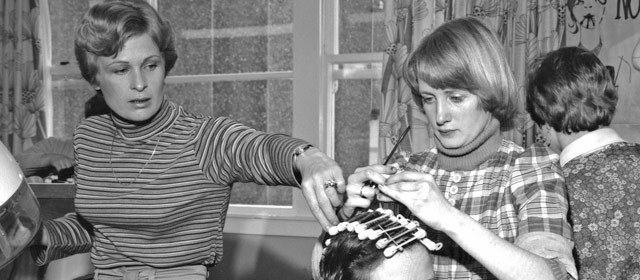Story summary
Early apprentices
European settlers brought with them the apprenticeship system – where young people worked alongside a skilled tradesperson, learning from them for a number of years. Employers were expected to provide food and clothes, but didn’t always pay their apprentices. Almost all apprentices were male, and worked in trades such as building, printing or saddle-making.
From the 1890s apprentices’ pay and work conditions were covered by agreements in each industry. In the early 20th century, with the introduction of electricity and motor cars, many trades changed and new trades such as electrical engineering were created.
Apprenticeship law
The Apprenticeship Act 1923 made apprenticeships more formal. Local committees set standards and conditions. Apprenticeships usually lasted three to five years, and included some training at technical schools (polytechnics).
Changes in apprenticeship
Many people trained as apprentices after the Second World War, as there was a shortage of skilled workers and a trade was considered a good career. Most were still male, and most were Pākehā.
From the late 1960s trades were no longer considered such a good career, and by the 1980s apprentice numbers had declined significantly.
Industry training organisations
From 1992 industry training organisations (ITOs) were set up in each industry to set standards and provide training. Traineeships were offered in some new areas such as tourism and social services. Trainees were assessed on the skills they had learned, rather than the length of time they had served.
Modern Apprenticeships
The Modern Apprenticeships scheme, which began in 2002, aimed to combine ITO training with traditional workplace-based apprenticeships. In the early 2000s the number of apprentices was increasing. From 2020, as part of its efforts to assist the country’s economy during the COVID-19 pandemic, the government provided significant funding for apprenticeship and training schemes, resulting in a large increase in the number of apprentices and others taking part in trade training.





